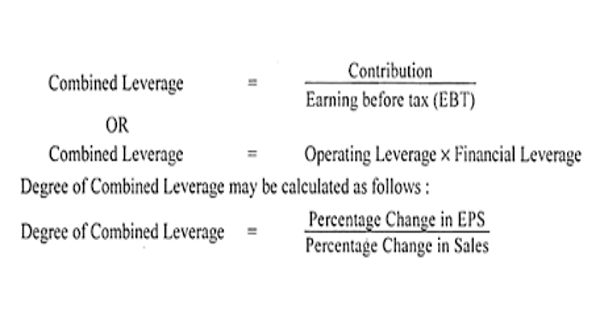According to a recent study from researchers at The University of Texas at Austin published in the American Journal of Preventive Medicine, published by Elsevier, moderate drinkers who binge alcohol are at a noticeably higher risk of developing alcohol problems than those who drink the same overall amount but don’t binge.
Charles Holahan, PhD, a psychology professor at UT Austin, and his colleagues studied a large national sample of US adults and discovered that binge drinkers had a pattern of moderate consumption who were almost five times more likely to have multiple alcohol problems and were twice as likely to have additional problems nine years later.
Moderate drinking is defined as having on average no more than one drink a day for women and two for men. Binge drinking is defined as consuming five or more drinks on the same occasion.
“What this means,” said Dr. Holahan, “is that an individual whose total consumption is seven drinks on Saturday night presents a greater risk profile than someone whose total consumption is a daily drink with dinner, even though their average drinking level is the same.”
Much binge drinking among adults escapes public health scrutiny. Because it occurs among individuals who drink at a moderate average level. These findings point to a need for alcohol interventions targeting moderate average level drinkers in addition to conventional strategies focusing on the higher risk, but smaller, population of habitually high-level drinkers.
Professor Charles Holahan
This study backs up the rising understanding that adult binge drinking is a public health issue and urges for more public health initiatives to combat it.
While the majority of binge drinking happens in adults over 30, and its prevalence in adults is rising, research on binge drinking often focuses on teenagers and college students.
However, research on adult alcohol use and its effects frequently only considers a person’s average drinking level, which conceals binge drinking habits. Because of this, the effects of binge drinking on low- and moderate-drinking adults have not been thoroughly researched or understood.
“In both scientific and media discussions of moderate drinking, the pattern of drinking is generally overlooked,” said Rudolf Moos, PhD, one of the study’s co-authors and professor emeritus of psychiatry and behavioral sciences at Stanford University School of Medicine. “This leaves many drinkers mistakenly assuming that a moderate average level of consumption is safe, regardless of drinking pattern.”
The researchers examined survey responses from 1,229 drinkers aged 30 and older to gain a better understanding of the effects of drinking habits. The researchers were able to determine how respondents’ drinking habits affected them over a nine-year period thanks to data from two waves of the Midlife Development in the United States study.
What the investigators found surprised them: Most cases of binge drinking and of multiple alcohol problems occurred among individuals who were average moderate drinkers.
“Much binge drinking among adults escapes public health scrutiny,” said Dr. Holahan, “because it occurs among individuals who drink at a moderate average level. These findings point to a need for alcohol interventions targeting moderate average level drinkers in addition to conventional strategies focusing on the higher risk, but smaller, population of habitually high-level drinkers.”
















